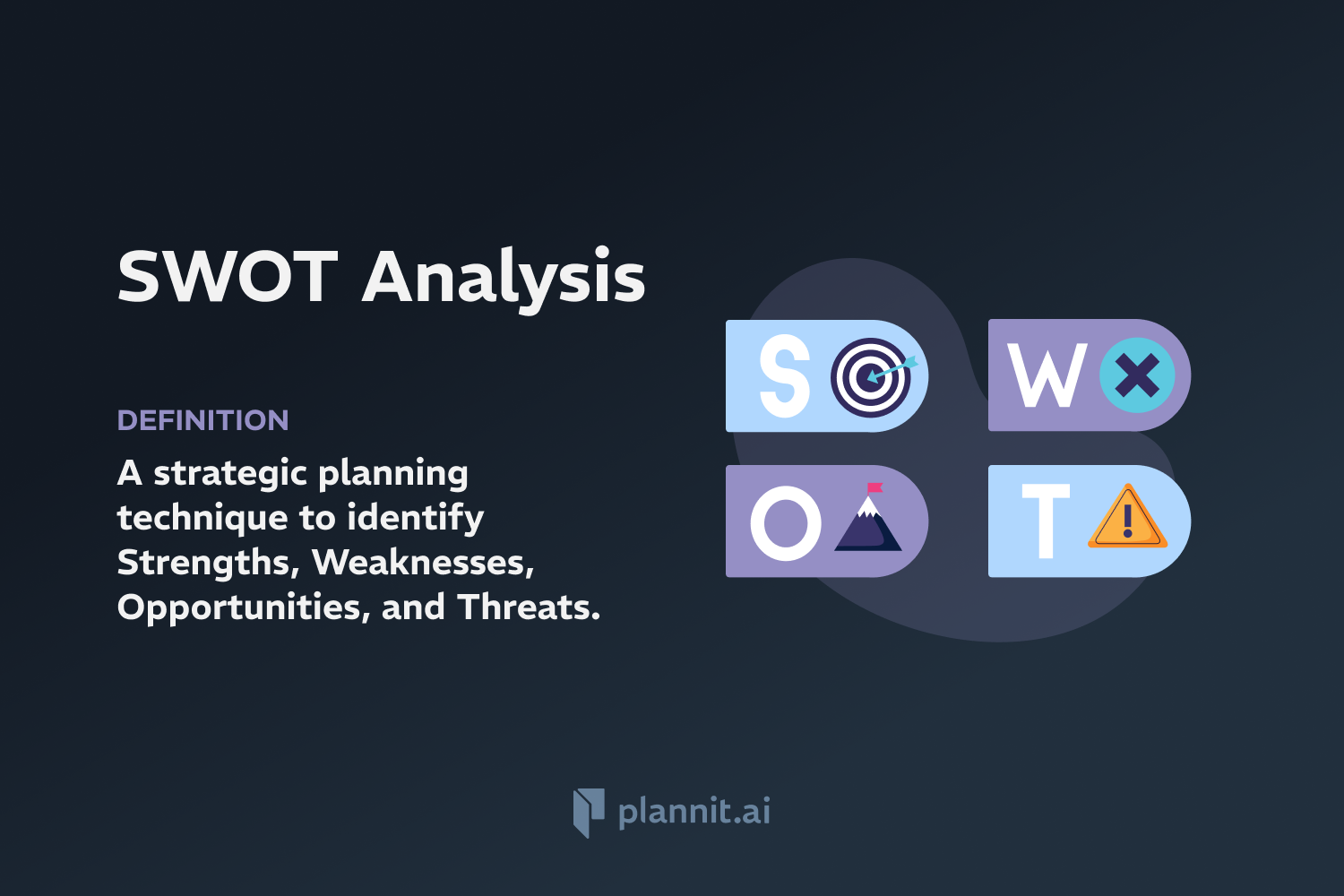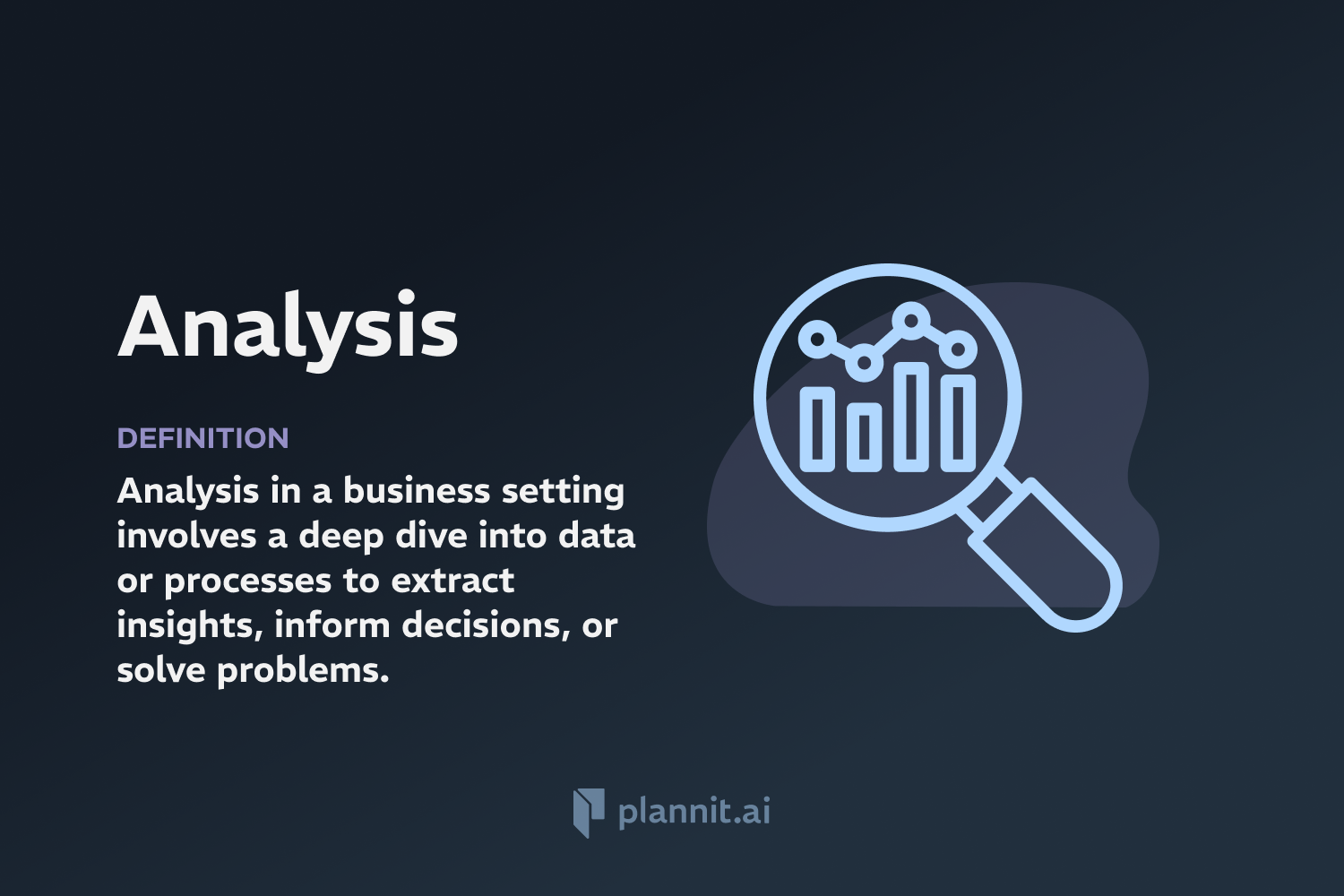Need Help With Your Business Plan?
Answer tailored questions and get a detailed business plan in minutes.
Demand Curve: Definition & In-Depth Explanation
In economics, a demand curve is a graphical representation that shows the relationship between the price of a good or service and the quantity of that good or service that consumers are willing and able to purchase at various prices, during a specified period. Typically, the curve slopes downward from left to right, reflecting the inverse relationship between price and quantity demanded.
Purpose:
The purpose of the demand curve is to illustrate visually how changes in price affect consumer purchasing behavior. It is a fundamental tool used by economists and businesses to analyze market behavior, forecast sales, set prices, and make informed production decisions.
Example:
If a graph is plotted with price on the vertical axis and quantity demanded on the horizontal axis, a demand curve for a typical product might slope downward, showing that as the price decreases from $10 to $5, the quantity demanded increases from 100 units to 200 units. This helps businesses and policymakers understand consumer sensitivity to price changes.
Related Terms:
Law of Demand: An economic principle stating that as the price of a product increases, quantity demanded decreases, ceteris paribus (all other factors being constant), and vice versa.
Supply Curve: A graph showing the relationship between the price of a good and the amount that suppliers are willing and able to sell.
Elasticity: A measure of the responsiveness of the quantity demanded or supplied to changes in one of its determinants, such as price or income.
Market Equilibrium: The point where the supply and demand curves intersect, indicating the price at which the quantity supplied equals the quantity demanded.
FAQs:
What causes a demand curve to shift?
A demand curve shifts due to changes in non-price factors that affect demand, such as consumer income, preferences, prices of related goods (substitutes and complements), demographic changes, and future expectations.
What is the difference between movement along the demand curve and a shift in the demand curve?
A movement along the demand curve, called a "change in quantity demanded," occurs due to a change in the price of the good itself. A shift in the demand curve, called a "change in demand," occurs when other economic variables (like consumer income or preferences) change.
How do different types of goods affect the shape of the demand curve?
For normal goods, the demand curve typically slopes downward. For inferior goods, an increase in income can lead to a decrease in demand. Luxury goods might have steeper demand curves due to high sensitivity to income changes.
Can a demand curve ever slope upward?
Yes, in rare cases of Giffen goods, where higher prices lead to higher quantity demanded because the good represents a large portion of the consumer's budget (such as staple foods in very poor areas).
How is elasticity represented on the demand curve?
Elasticity varies along the curve: it is generally more elastic (responsive) at higher prices and less elastic at lower prices. The steeper the curve, the less elastic the demand, and the flatter the curve, the more elastic the demand.
Get funding with a business plan that will impress investors.
Starting a New Business?



